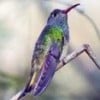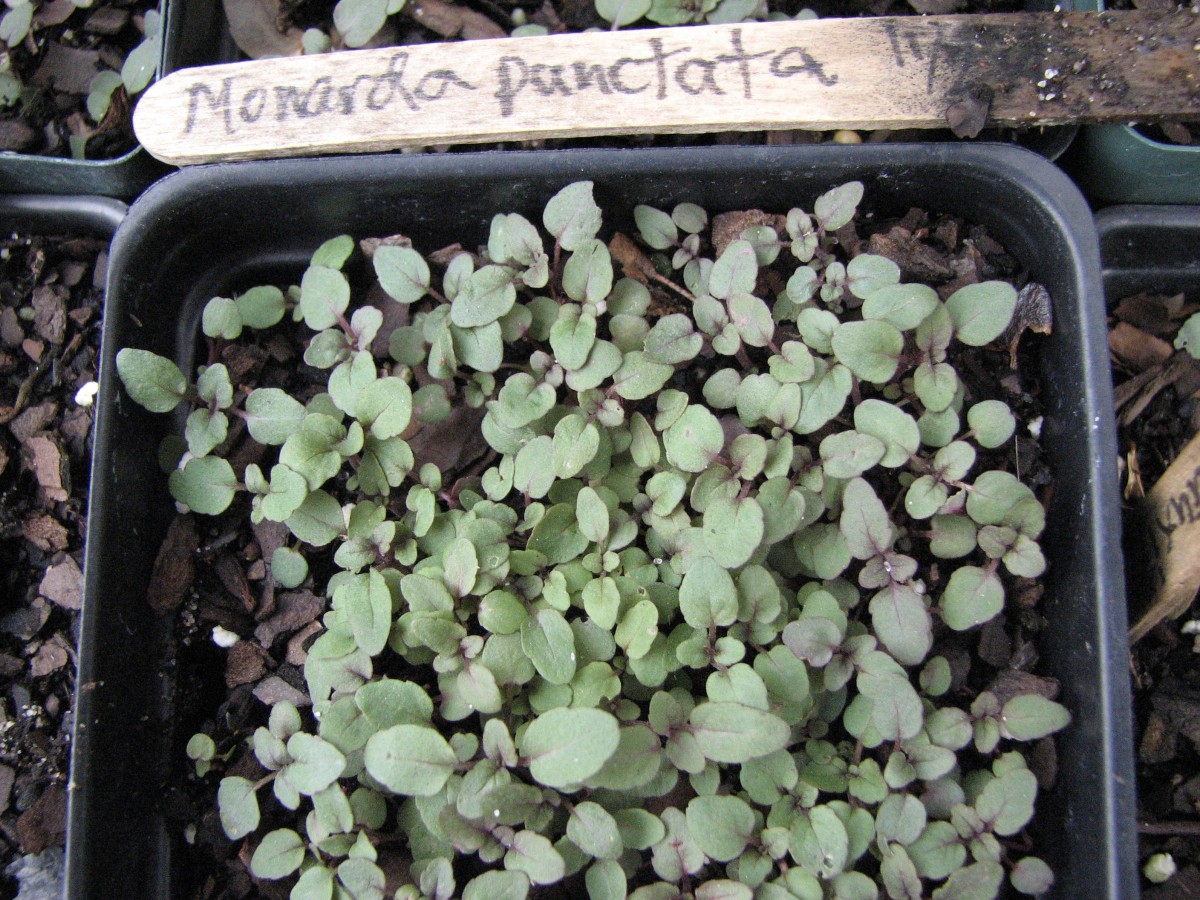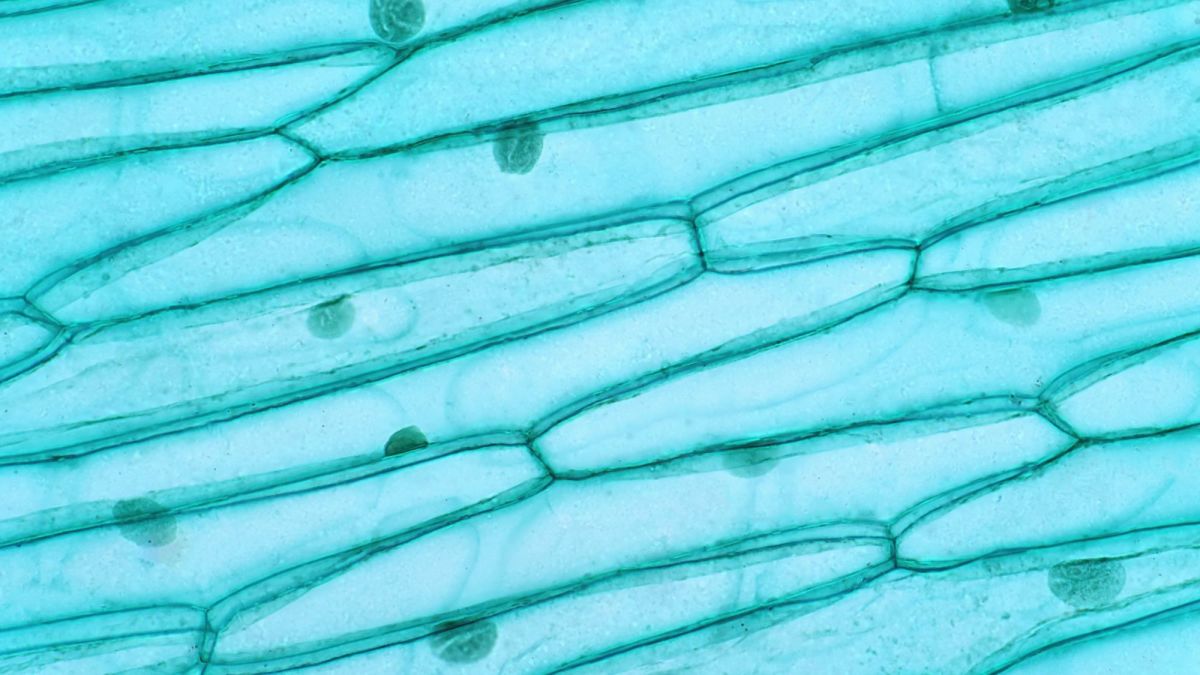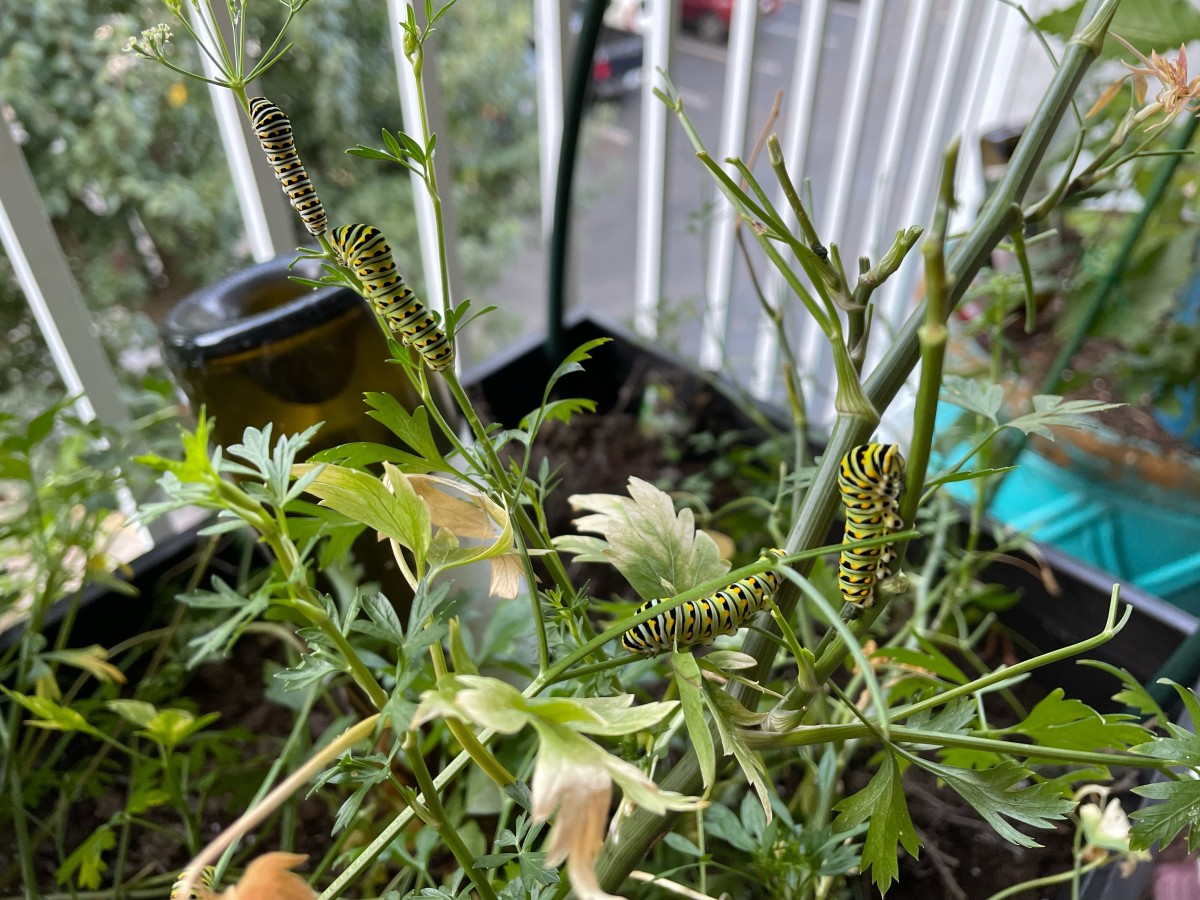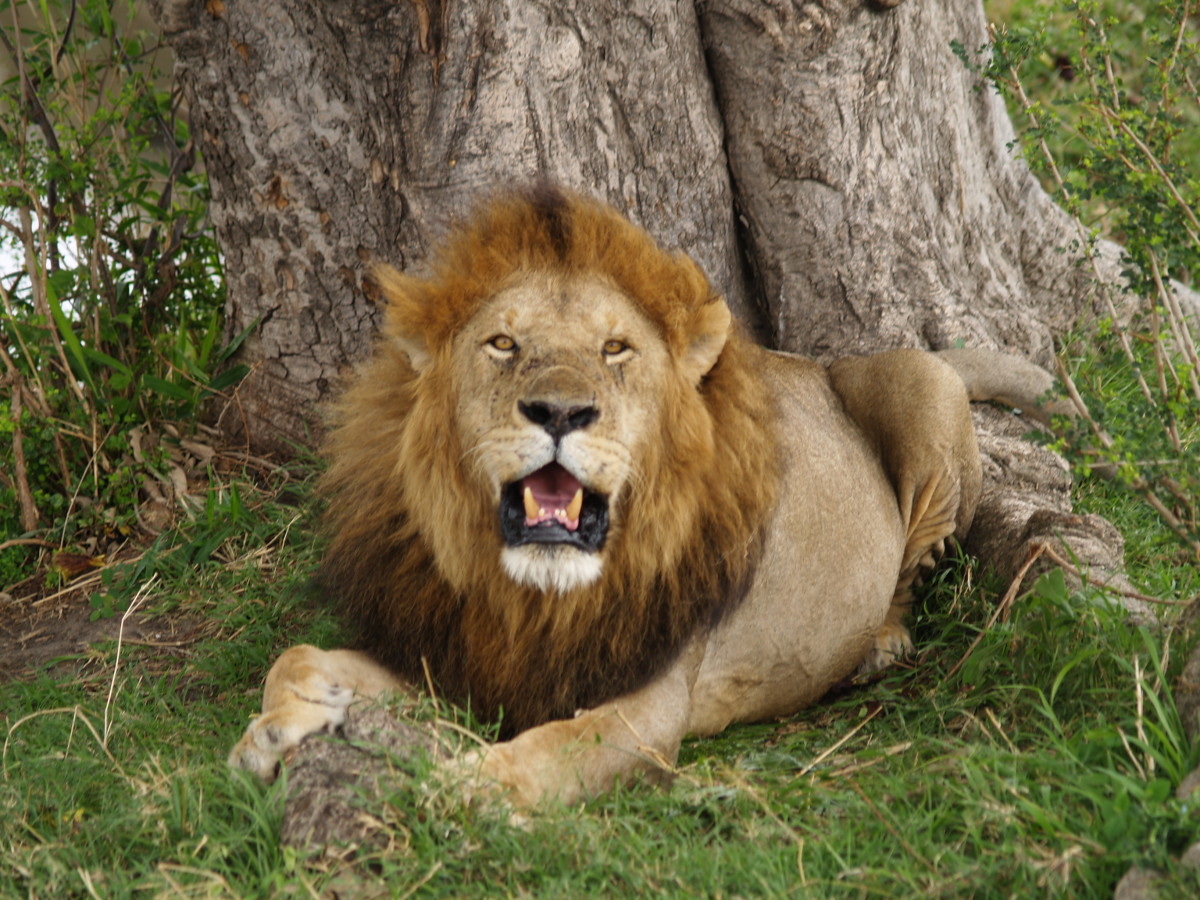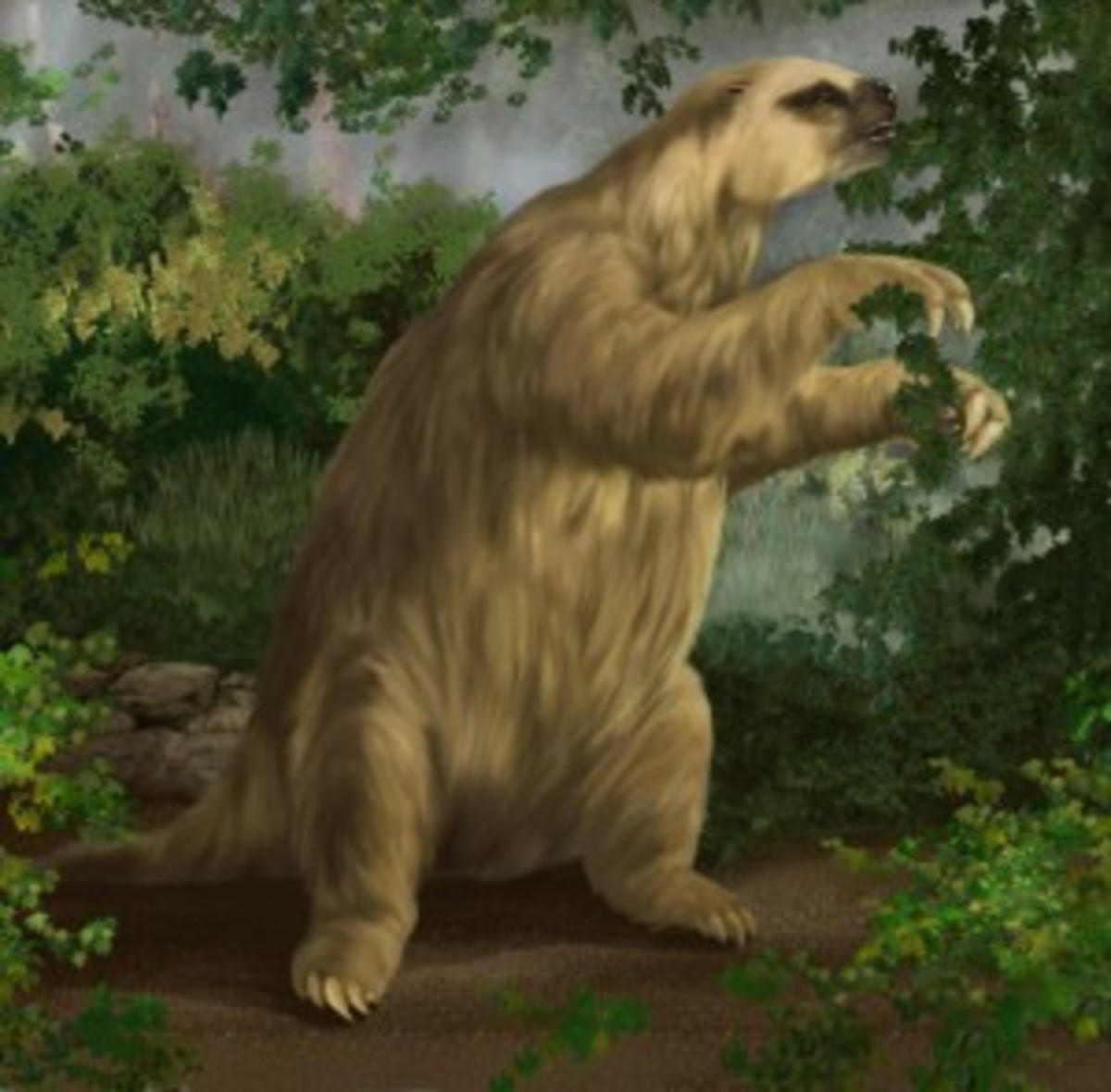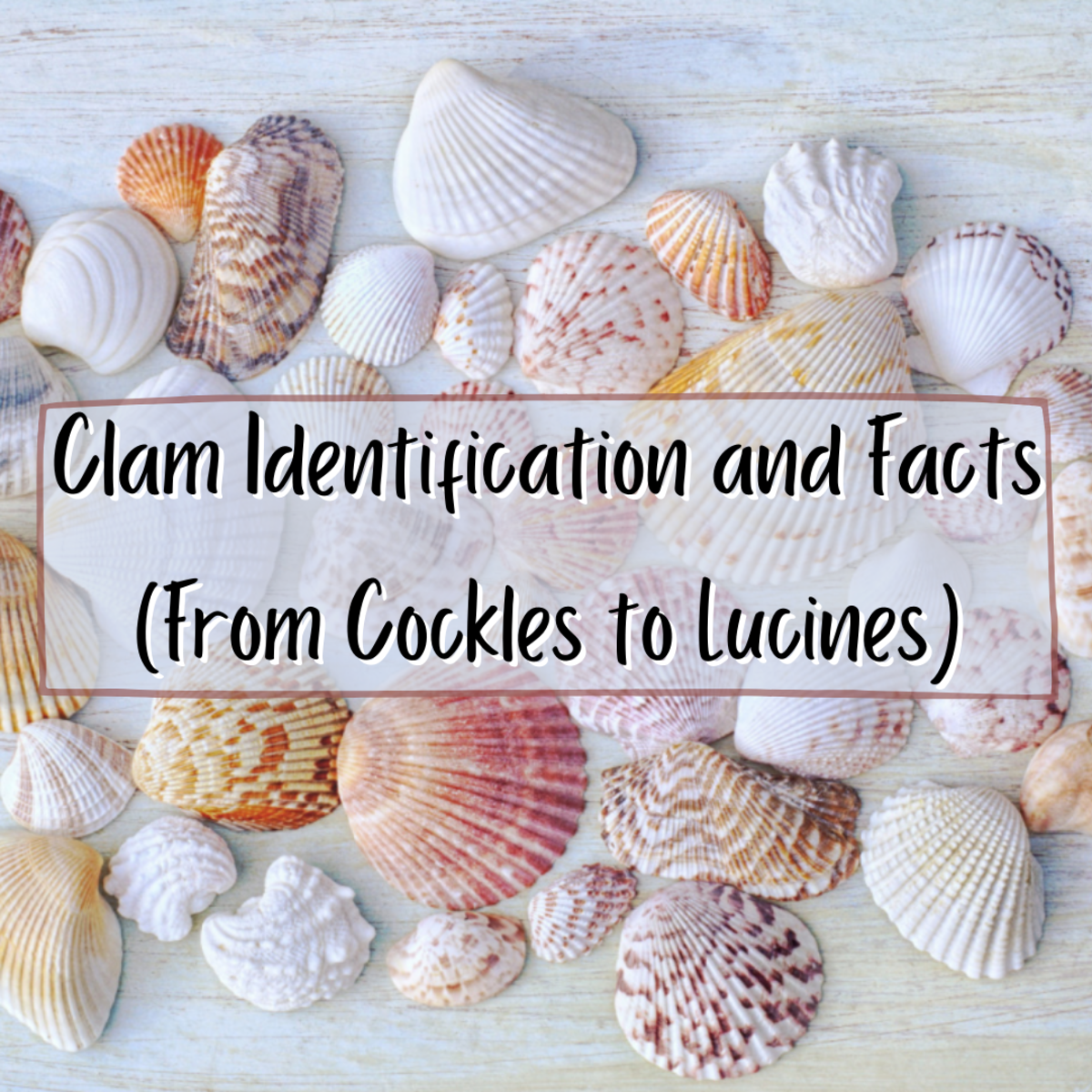Summer Nature Walk in Louisiana - Native Plant and Animal Pictures
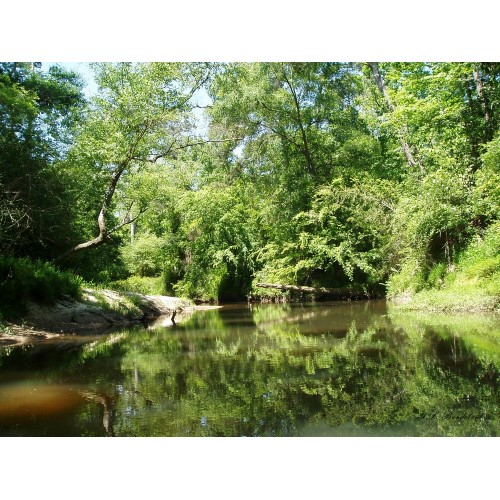
Let's Walk in the Woods to the River
Are you ready for a virtual summer nature tour into the wilds of our habitat along the Tchefuncte River in southeastern Louisiana? You never know what you'll see in the pine forests and wetlands of St. Tammany Parish. We'll show you pictures of native flowers and plants, plus some insects, reptiles, amphibians and birds, too.
So come on along to see what you can see. I'll act as your tour guide today and will tell you something about each plant and animal that we see. It will be loads of fun and you may just learn something new about the flora and fauna of southeastern Louisiana.
Hooded Warbler
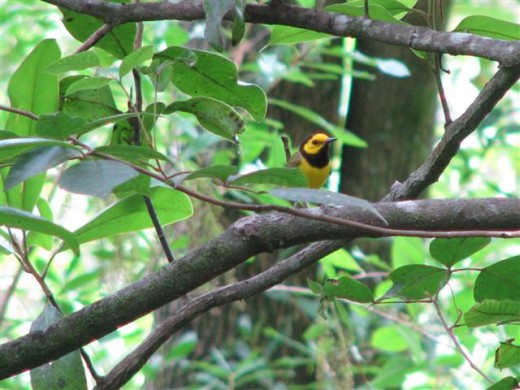
Some Nesting and Young Bird Pictures
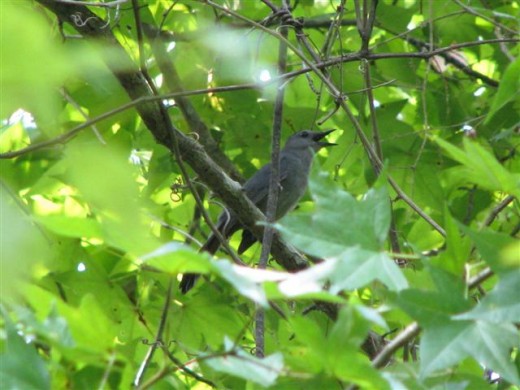
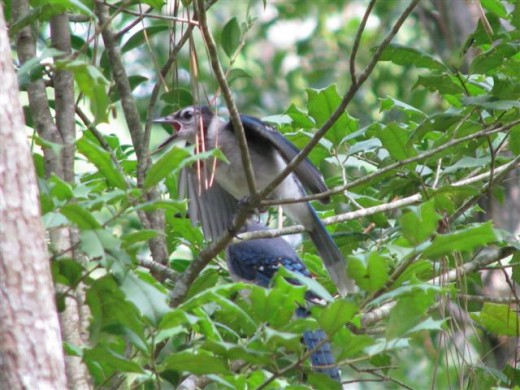
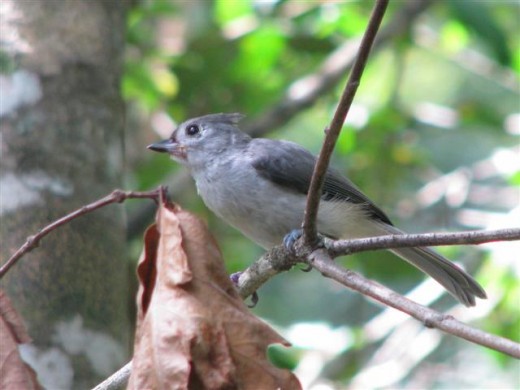
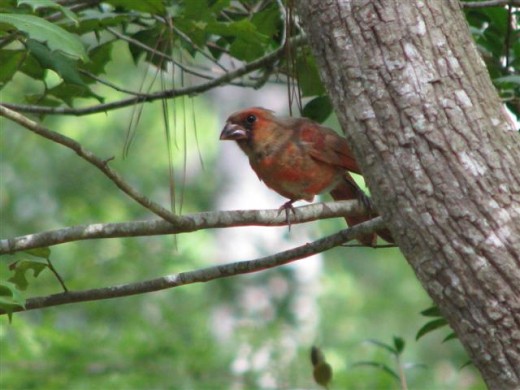
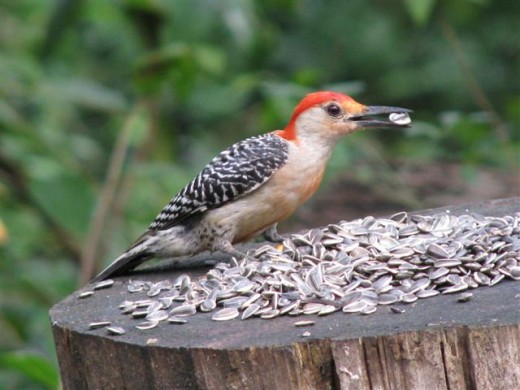
Birds in the Wet Areas
We'll start right at the edge of the woods. The small road goes down into one of the many natural drainage areas which move storm water to the streams and rivers. Many birds live in this moist part of the woods.
Oh, look up there, it's the male of one of the several pairs of Hooded Warblers that live here in the dense, shady understory. The creek is nearby. The hoodless female builds a nest from 1-6 feet above the ground in the undergrowth. In the south, Hooded Warblers often have two broods.
There's a Gray Catbird singing up a storm there in the Sweet Gum tree. Catbirds are cousins of Mockingbirds and Brown Thrashers. They eat wild fruit and insects. The male and female are hard to tell apart and they both take part in building the nest. Though the female does most of the work. She's probably sitting on some deep greenish blue eggs in a nest somewhere down in that thicket.
Do you hear that loud, raspy begging sound? That sounds like baby Blue Jays. There are two or three of them over in that other American Holly tree. They are nearly as big as their parents.
The log feeder is just down the trail on the right. We should start seeing some more seed eating birds... There's one, a young Tufted Titmouse. Do you see the yellow remnants of its baby mouth on the corners of the bill? This one will soon be traveling in a mixed group of young of its kind with Carolina Chickadees, Brown headed Nuthatches and Downy Woodpeckers until they find a mate and pair off next spring.
Now up there in the American Holly tree is a young Northern Cardinal, about halfway through his first molt. By late fall he will have the fine red plumage of the adult.
Isn't that a gorgeous male Red-bellied Woodpecker? He has a food storage hole up in the Sourwood tree and that's where he'll probably take that sunflower seed. Or he may take it to one of his fledglings up in the Pine tree. Okay, lets move on down the trail. There are some native plants I want to show you.
Skimmer Dragonfly
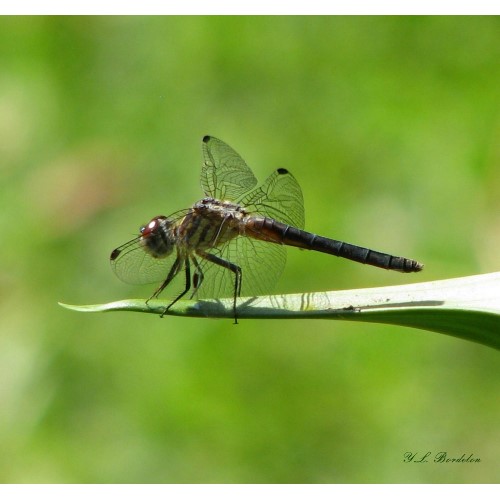
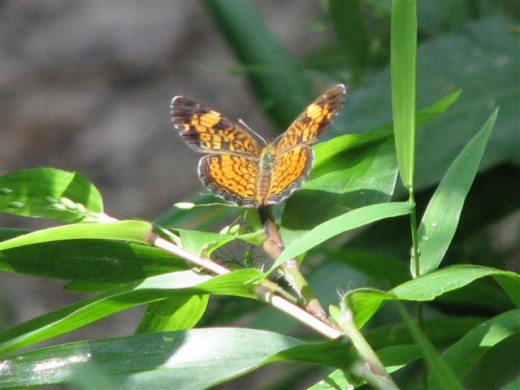
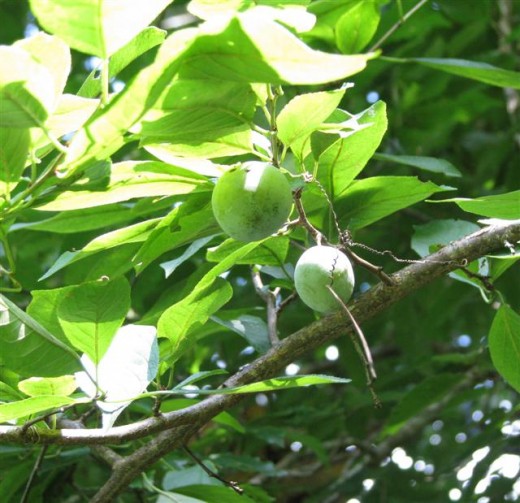
Native Plants and Insects
Look, there's one of the many Skimmer Dragonflies that we have around the ponds and streams. They help to keep the mosquito population down.
This is a little Pearl Crescent butterfly on wild oats. We also frequently see it on St. Andrew's Wort, (Hypericum) a species of St. John's Wort. The larval host plant for the Pearl Crescent Butterfly is wild asters.
This is one of the largest Wild Plum trees on the property. I believe it is a Mexican Plum, Prunus mexicana. The plums are green now, but they'll soon be ripe. These plums make excellent jelly.
Dragonflies and Damselflies Book

Bog or Swamp Lily
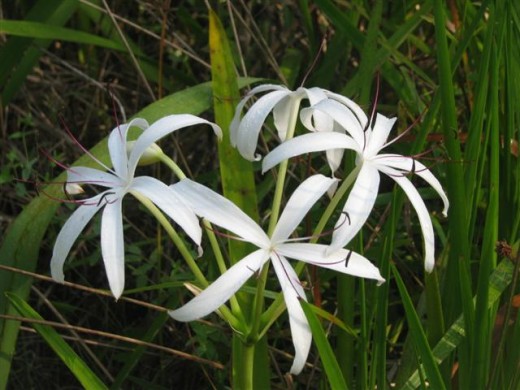
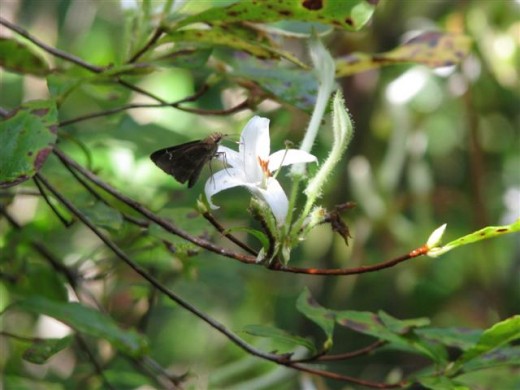
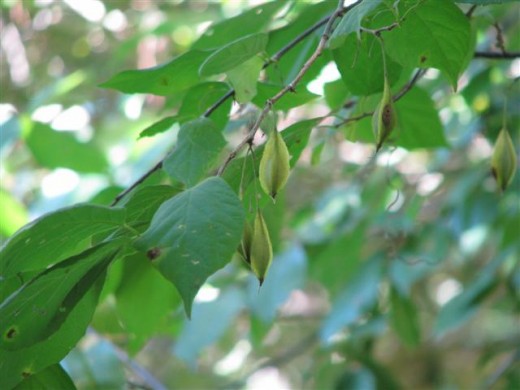
Native Plants for Moist Soil
In this moist area, we'll find a couple of beautiful native plants. Here's one, the Bog Lily or Swamp Lily, Crinum americanum. This beauty can also grow in the garden. It smells delightful.
This is one of the deciduous native Azaleas, Rhododendron serrulatum, which blooms during the summer. It is called Swamp Azalea because it prefers wet feet. We are losing large stands of this beautiful and sweet smelling native shrub because of the destruction of wetlands. The small butterfly drinking from the white flower is a Cloudywing Skipper.
Another wonderful wildlife plant is the native Silverbell, Halesia diptera tree. In the spring it has lovely white flowers which are used by returning Ruby-throated Hummingbirds. Now you see the green fruit. Gray and Fox squirrels sometimes eat the fruit. Silverbell is an excellent substitute for Flowering Dogwood where moist conditions exist.
We're almost to the Tchefuncte River. The river was named after a tribe of Native Americans that lived here long ago.
Canon Powershot Cameras

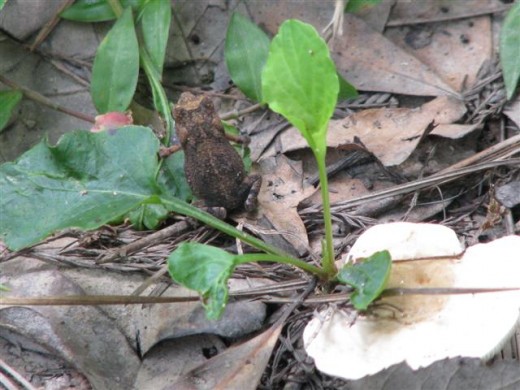
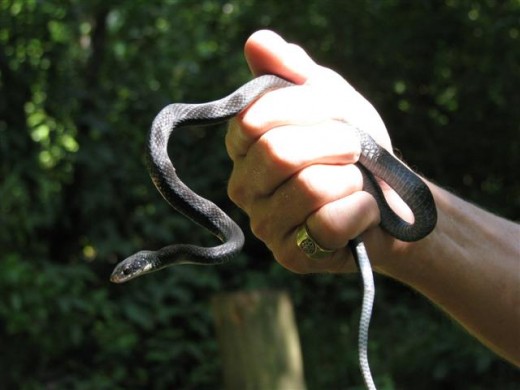
Near the River
Look there, down on the ground. A very, young toad is hiding under the white violet leaf. It probably hasn't had its legs for very long. It is so small, that I can't really tell what type of toad it is. But, I'm glad to see the it and hope that more of its kind are around to feed upon the pesky mosquitoes that multiply in the low areas.
Oh, what a beautiful young Black Racer Al has. This one is probably about a year old. When they first hatch out, Black Racers are speckled and don't look anything like the adults. This one shows a blue cast where the sun hits its scales.
Southeastern Snake Book

Catfish and Turtles in the Tchefuncte River
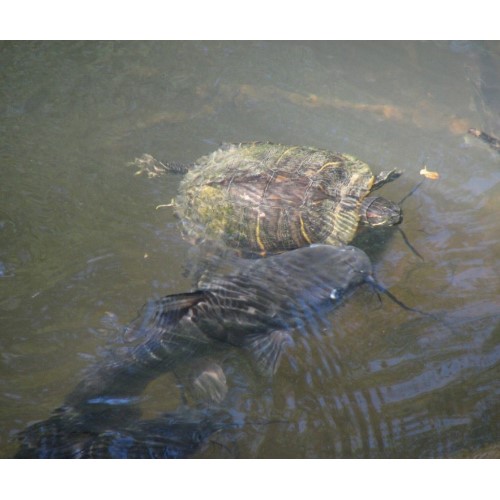
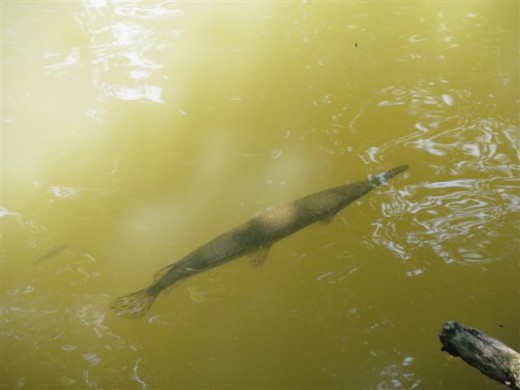
The Tchefuncte River
Here's the river. The turtles and the fish, especially the giant catfish, like this spot because Al feeds them bread. It's fun to watch the red-eared Slider turtles and the Channel Catfish vie for the biggest pieces of bread.
Now, here comes the big guy, a Spotted Gar. The Spotted Gars don't get as large as their relative, the Alligator Gar, but they can still eat quite a lot of fish. This Gar hides near the log and waits for the small perch to come out, then he snaps them up.
I know you're probably tired from the walk, so let's sit on the benches and relax while we enjoy the sound of the water. Keep your binoculars and cameras ready because if we are still and quiet, we may see some more animals and birds.
Red-bellied Woodpecker Stores Food
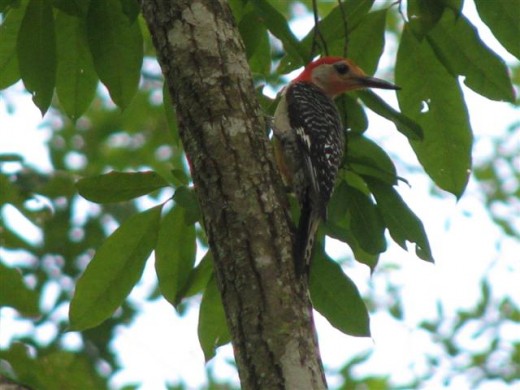
Woods Tour Poll
Do you enjoy walking in the woods and observing nature.
Binoculars for Observing Animals & Birds

Links to More Habitats
- Preserving Native Habitats in Louisiana
Scientists from all over the world, like Douglas Tallamy the author of Bringing Nature Home, are advocating using native plants in sustainable, ecologically - To the River and Back Again in Pictures
Each morning, around 9:00 a.m. we (two humans and our two dogs, though sometimes neighbor dogs, Amos and Sadie, join us) make our daily trek down to the Lit
© 2011 Yvonne L. B.
